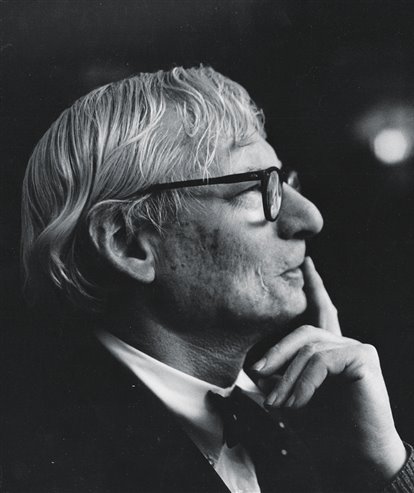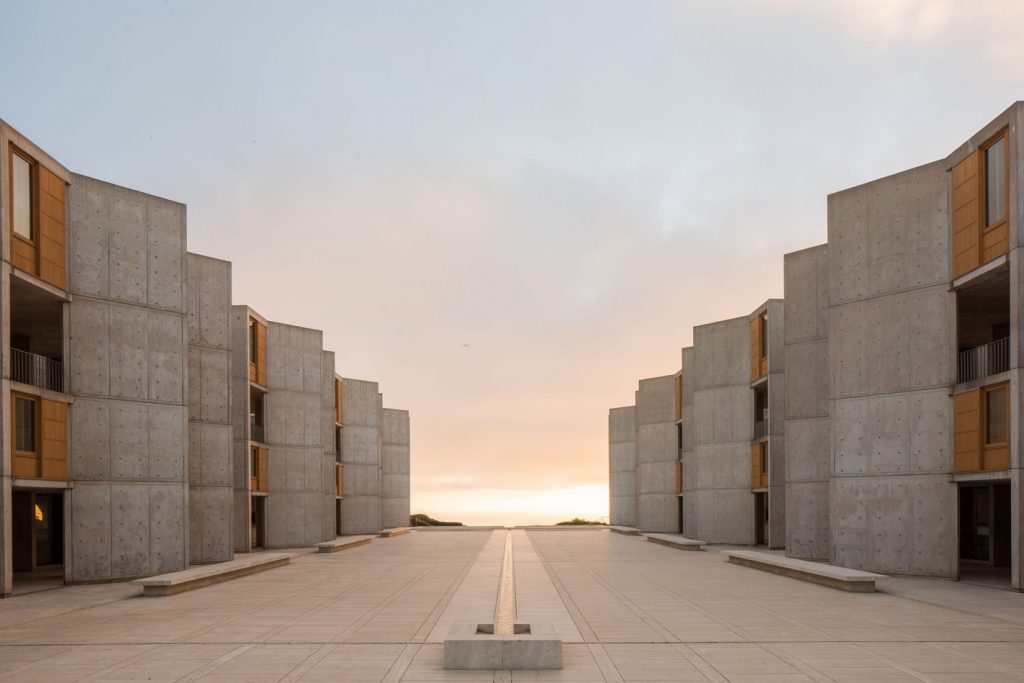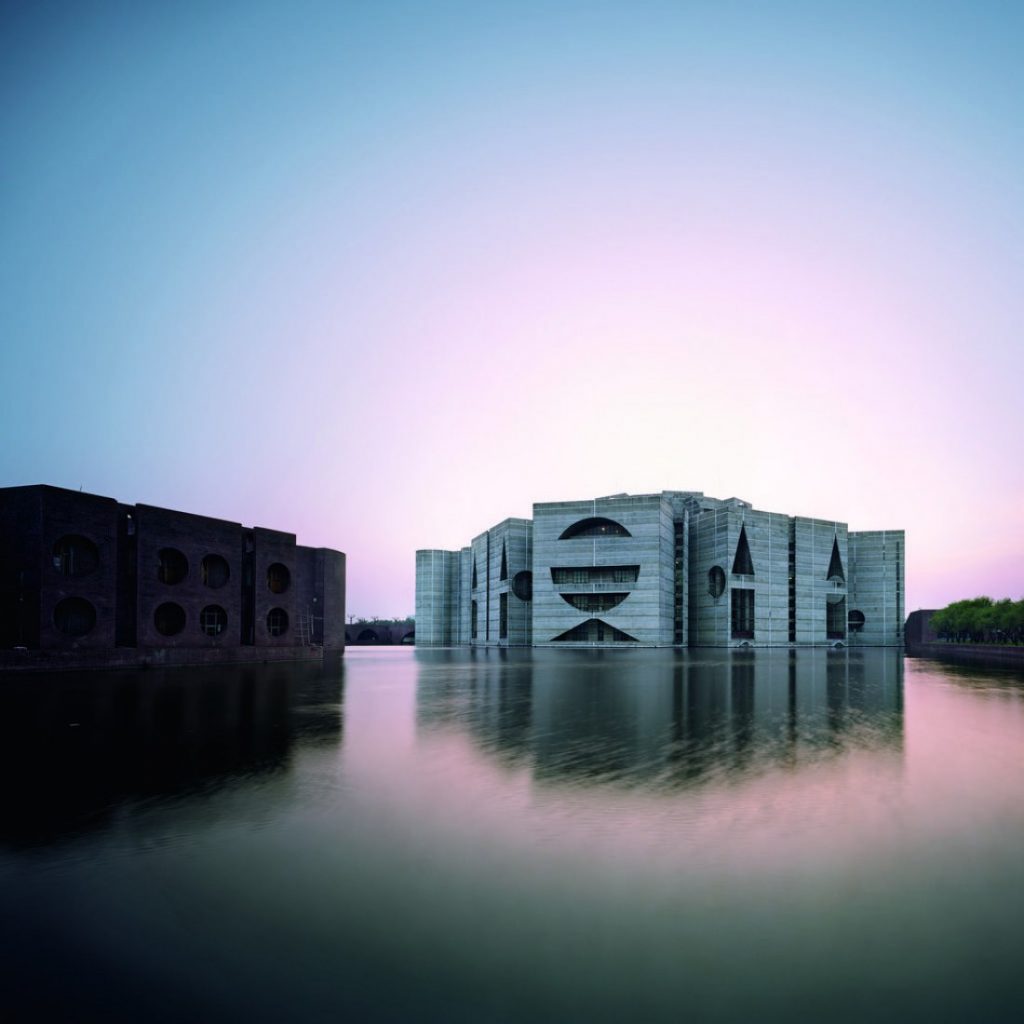Movie Analysis
This film, directed and produced by Nathaniel Kahn, tells the story of his father, one of the most famous architects of the 20Th century: Louis Kahn.

The life of Louis Kahn reminds me of Vincent van Gogh, as both died without the “proper” recognition, and gained fame years later after they both passed away.
Kahn struggled to keep his studio afloat, being a misunderstood artist, who always thought of a bigger scale, as he searched for the truth from materials used to assemble his mythic monoliths.
With an important track as a professor, Kahn influenced thousands of students around United States, Europe and Asia, as he went everywhere he was invited to speak. He is remembered as a great and honest architecture philosopher.
Although he struggled to get as many projects as he wished, he accomplished to build an important series of “masterpieces” as I.M. Pei qualifies during his interview in the film. Like the “Salt Institute in La Jolla, California; and the Indian Institute of Ahmedabad (in collaboration with Dr. Doshi); the Kimbell Museum of Art, in Forth Worth, Texas; and the great posthumous work, the National Parliament House of Bangladesh, in Dhaka.

Kahn was distinguished for getting deeply involved in all his projects, to the point that his personal life was a disaster.
The film constantly talks about the precarious quality on the personal relationships Louis Kahn had during his life. He had three simultaneous families with three different women, and is presented as a very detached and absent father with his three children.

In the movie, Nathaniel Kahn, whom narrates all the work from his father, presents several interviews with important colleagues of his father, such as: Philip Johnson, I.M. Pei, Dr. Balkrishna Doshi, Frank Ghery, among others. Simultaneously, we observe interviews with all Kahn’s widows, and their children. It’s not coincidence that all Kahn’s colleagues talk much better about him than his close relatives.
In my opinion, he is absolved by his son at the end of the film, as he recognizes that although he was an absent father and spouse, he was a true genius in his field of his day and age.
He traveled a lot, and accomplished to build great structures in many cities in United States, and a couple of countries in Asia. Returning from one of his many trips to India, he died in Pennsylvania Station, in New York, allegedly from a heart attack, and was not recognized until many days later. Leaving behind an important legacy in the management of light, space and the honest use of materials.
